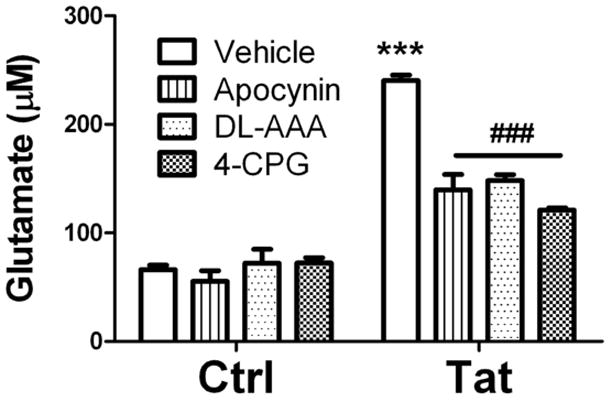Figure 2. Effects of NADPH oxidase and glutamate/cystine antiporter inhibitors on Tat-induced glutamate release from cultured primary microglia.

Microglia were treated with the NADPH oxidase inhibitor apocynin (200 μM), the xc− antiporter inhibitor DL-aminoadipic acid (DL-AAA, 2.5 mM), or the xc− antiporter inhibitor (S)-4-carboxyphenylglycine (4-CPG, 50 μM) in the presence or absence of 100 nM Tat-1-72. Glutamate accumulation in the medium was measured after 24 hours. Data were compiled from 2 separate experiments, and are means and SEM of 8–12 samples per group. Data were analyzed by 1-way ANOVA, and *** indicates statistically significant (p<0.001) increases in extracellular glutamate released from cells treated with Tat alone, while ### indicates the statistically significant decrease (p<0.001) in glutamate release from cells treated with Tat in the presence of apocynin, DL-AAA, or 4-CPG.
